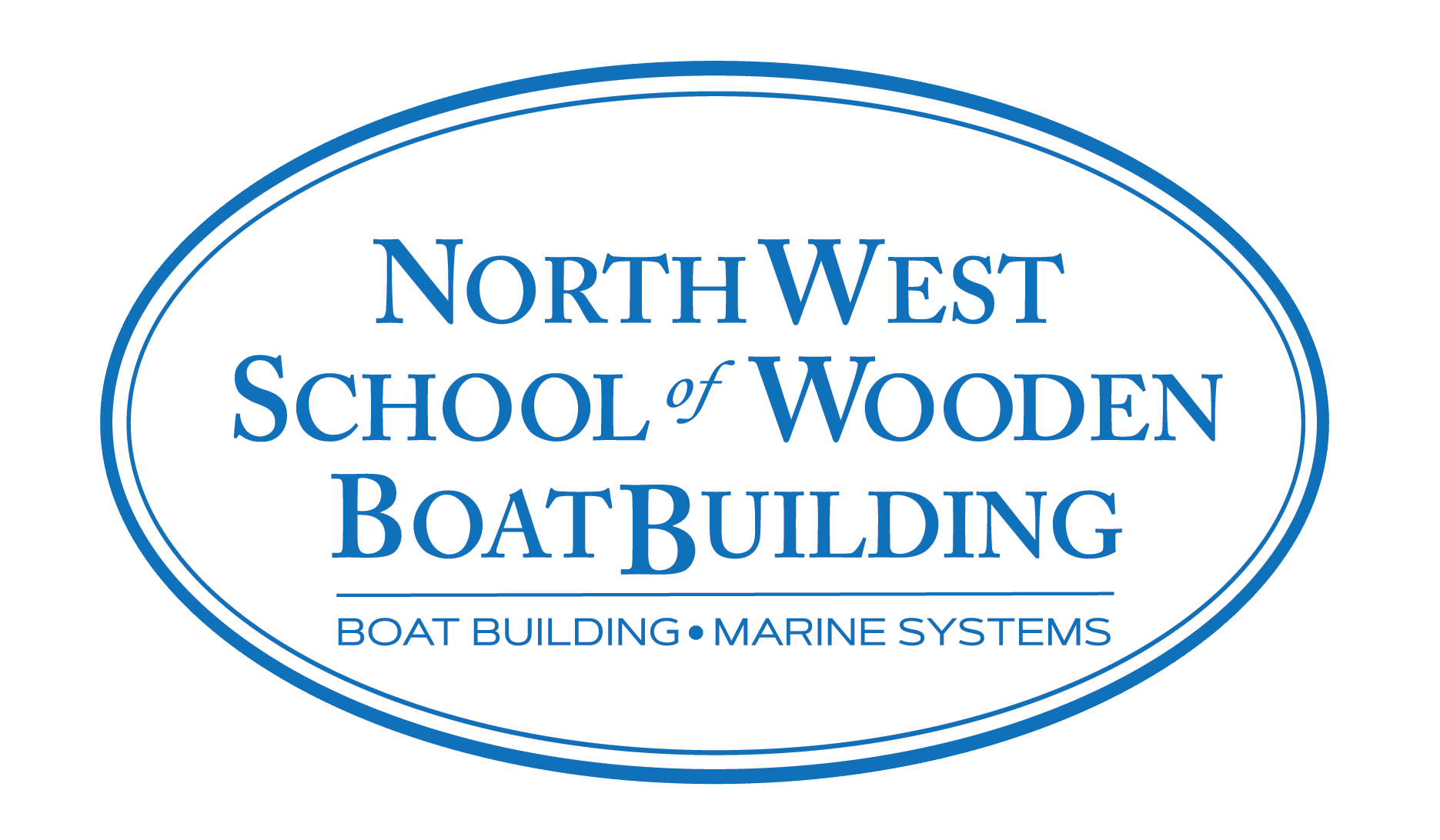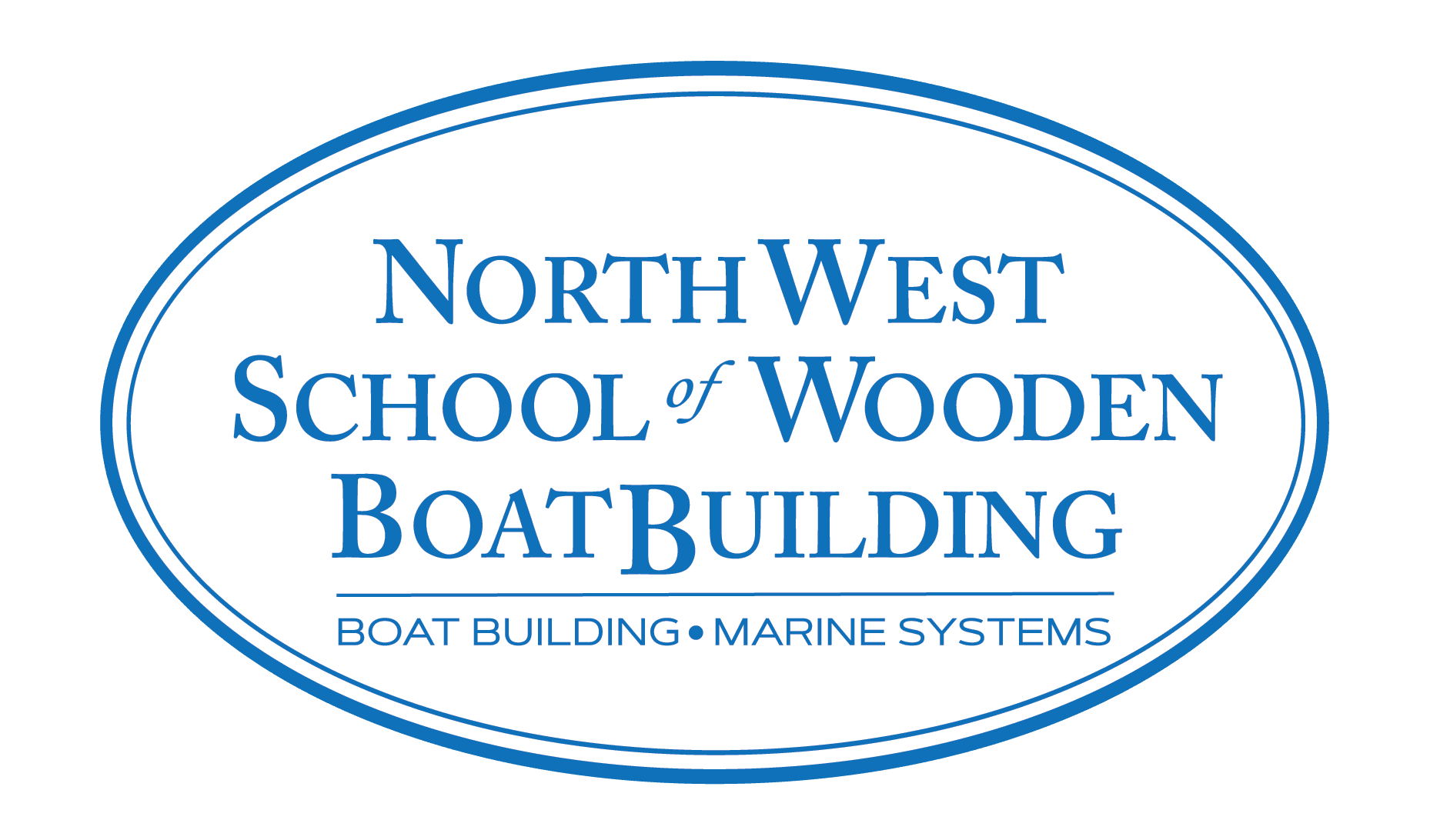Federal Student Aid
The Boat School is accredited as a private institution of higher learning through The Accrediting Commission of Career Schools and Colleges (ACCSC). Students enrolled in our 9 or 12 month boat-building programs might qualify to participate in the Pell Grant, FSEOG School Based Grants, Direct Student Loan (Stafford/William D. Ford), and the Plus Loan (for parent borrowers) programs. While…


